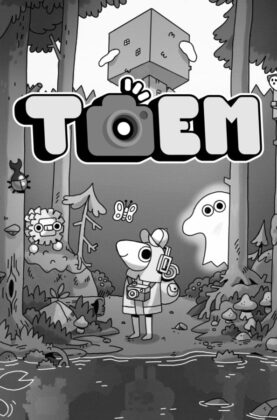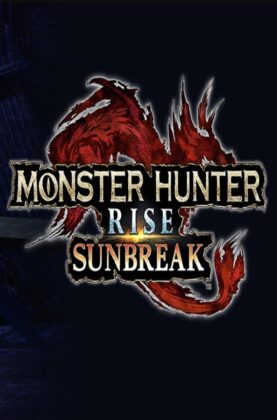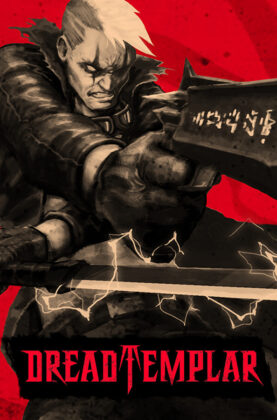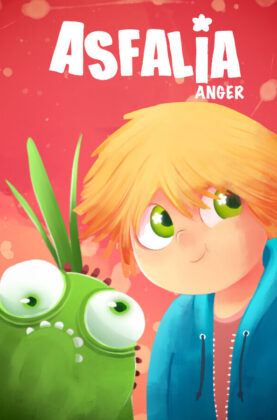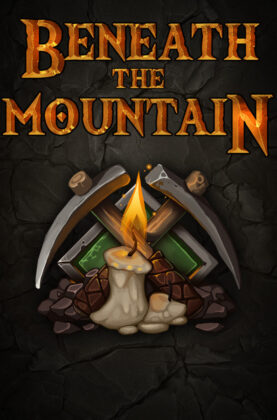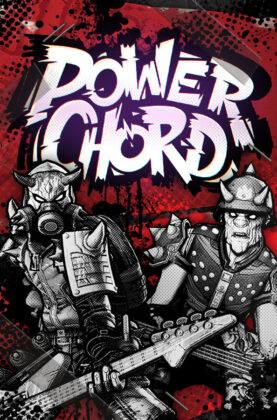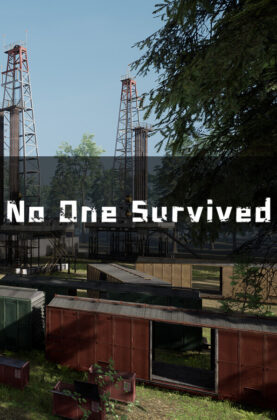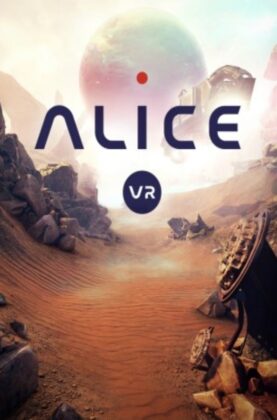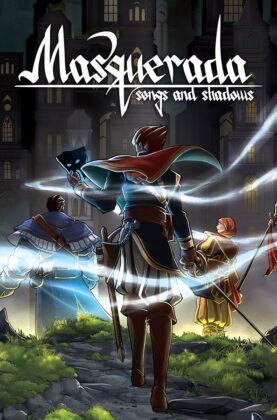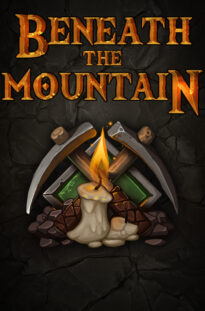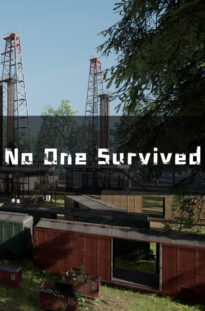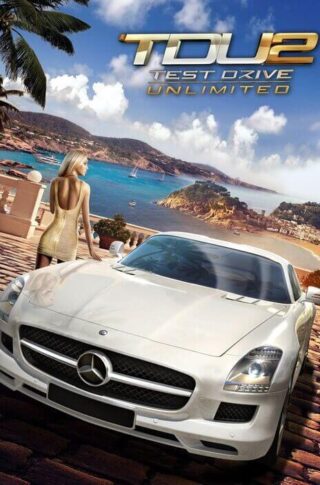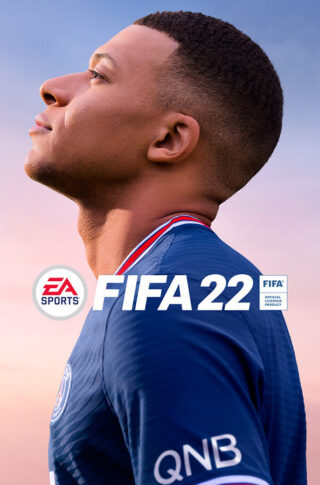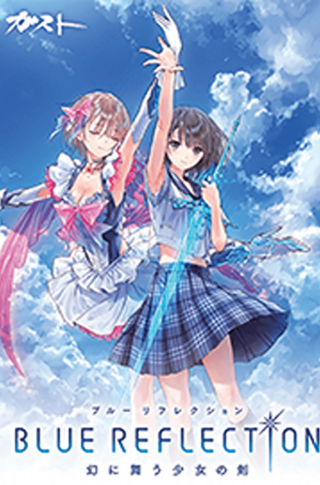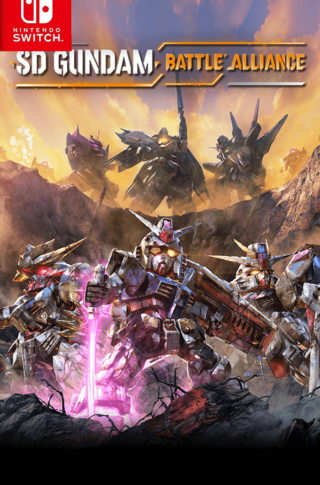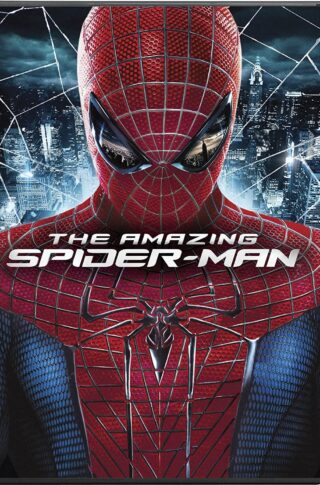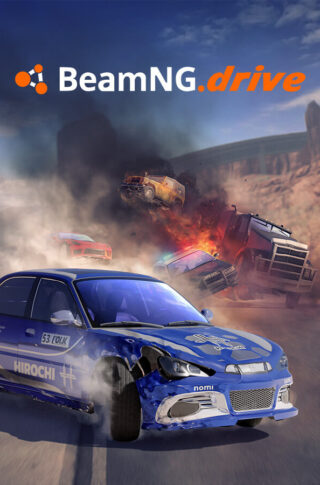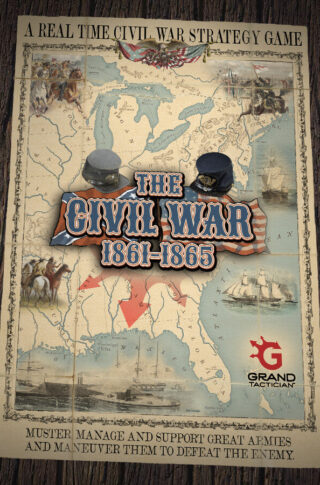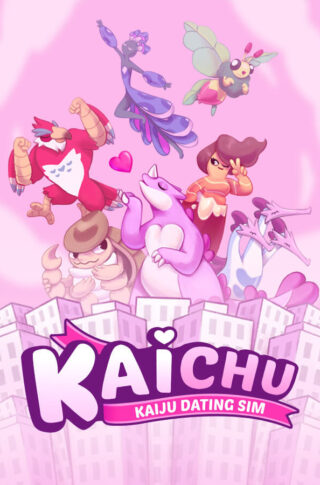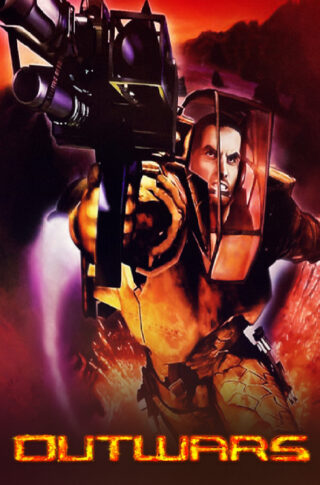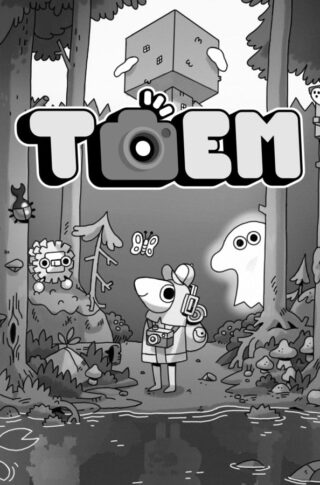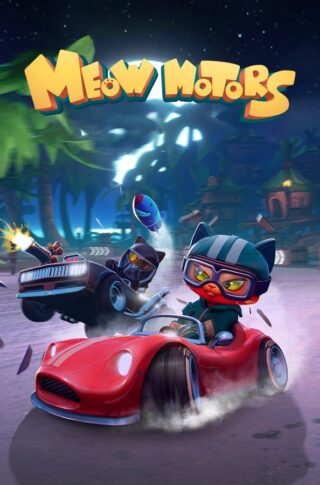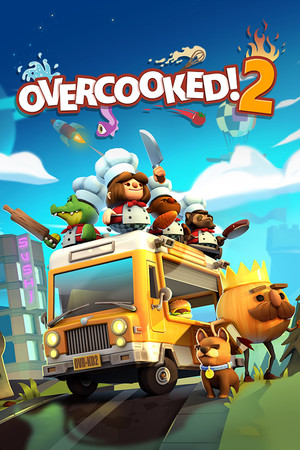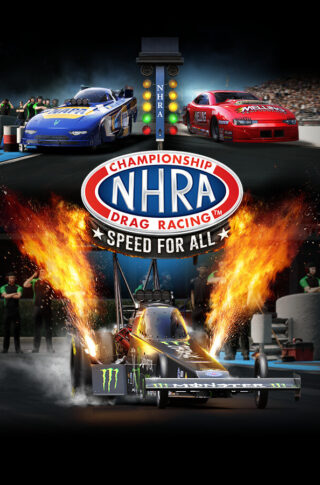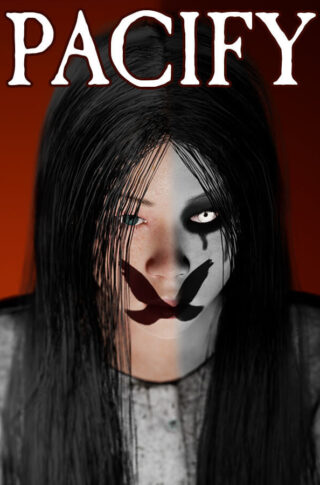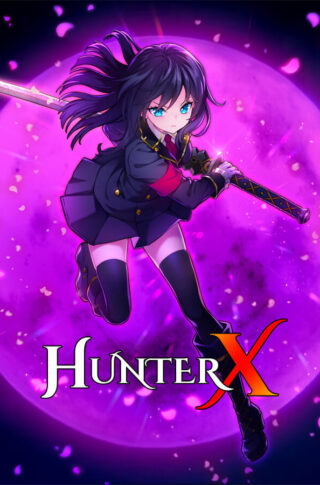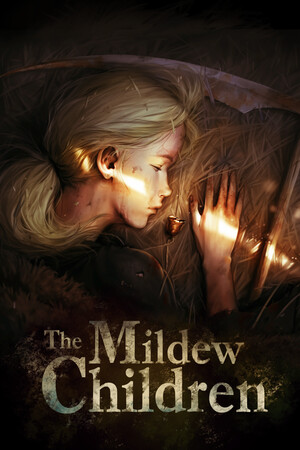
POWER CHORD FREE DOWNLOAD
POWER CHORD Free Download Unfitgirl
POWER CHORD Free Download Unfitgirl There are other unique ways the selectable team-based setup comes into play, such as random encounters with secret third options that are only accessible if certain characters are in your band, like a dare involving a potentially dangerous drink that allows Shinobi 13 an options to gain a buff that starts every opponent with two points of poison debuffs if they’re with you at the time. It’s a simple idea, but one that allows a little bit of each character’s personality to come through. The personality also shines on the wide variety of challenging enemies as well (which are part of a story about needing to find a legendary Chronocaster guitar to repel a demon army, though the story is only told in cinematics between levels), which is helped by impressive and detailed graphics, backed by — of course — a rocking heavy metal soundtrack, albeit one that can get repetitive after a while. Part of the reason that the soundtrack began to feel repetitive, though, is because you’ll be spending a lot of time looking at the battle screen. Power Chord seems to have one of the same problems that Cursed to Golf has in that every run just feels way longer than it should. Unfitgirl.COM SEXY GAMES
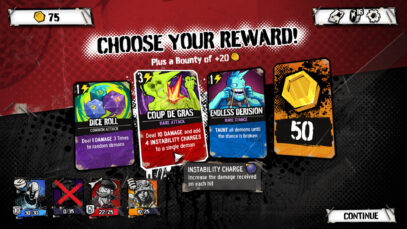
Part of it might be the slower pace, but in this case, though, it might be because sometimes each run can feel like a chore at times. Things started out easy, introducing each new enemy type and ramping things up, until it felt like the game was being stingy with any cards that actually provided armor, healing or support. Whatever ones I did have quickly became useless as later enemies began to dish out attacks that could wipe out a third of a character’s health bar. Now you might think that this is of course the point of any roguelike. You start out weak and eventually find ways to boost yourself up with each run. The thing is that Power Chord doesn’t unlock new gear or cards simply by stumbling across them. Instead you need to complete specific challenges first, like defeating certain amounts of enemies, dishing out enough damage of a certain type and other objectives that can stretch to even taking out a boss without getting a band member a killed, then doing it ten times. Even new characters can only be unlocked in ways like, say, killing twenty Furnace Demons, even though said enemies don’t arrive until the second level, at least half an hour into a run, and them showing up isn’t a guarantee. And the cards and gear you unlock are merely unlocked to be found throughout the game, meaning whether or not you actually get them is up to RNG.
Be careful though because if a band member falls in battle you’ll lose them and access to their cards in future battles until you revive them at a pit stop.
When you start a run, you choose a band consisting of a guitarist (the attack-focused class), singer (healer and general support), drummer (defense) and bassist (the one that specializes in more unorthodox, destructive moves). Each member has their own set of color-coded cards that you start out with and find along the way, each suited to their specialties, which in some cases includes unique sets of charges that can be built up in different ways for more powerful moves and unique stances they can take that provide benefits as long as they don’t take damage. The twist is that each character needs to be properly managed and taken care of, because if they die, all of their cards get removed from your deck, at least until you can resurrect them (either at a healing stop out automatically after each boss fight). So losing even one band member can cause a huge hindrance later on, especially since they lose all of their gear as well. Yes, unlike similar games, you’re only given a finite amount of items that provide passive benefits, four per character, with most benefiting the one band member they’re attached to. In other words, success in Power Chord relies on you being able to find a way to successfully craft what feels like a well-balanced team, allowing for a terrific focus on strategy. Astral Ascent 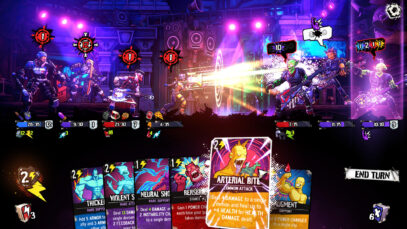
The narrative is a little silly but delivered with a lot of conviction. A metal smith created a magic guitar to seal off a demon dimension. But they still found a way in and it is up to the player to lead Earth’s most powerful musicians as they battle the forces of the Helmoth. A drummer, a bass player, a vocalist, and a guitar player will join forces to deal with demonic bands, defeat their bosses and eliminate the rift between dimensions. The game embraces the heavy metal genre, building the characters, cards, and encounters around it. It’s a fun idea and the game manages to inject humor into it. The writing is mostly utilitarian, with effort dedicated to making cards and their effects as clear as possible. Power Chord is a turn-based card-driven battler. The four members of the band have well-defined roles. The drummer is in charge of the defense while the guitar player is the best damage dealer. The vocalist is the support member of the band and can heal and the bass player is the poisoner and debuff specialist. There are also plenty of synergies between the members of the band.
Discover new cards as you bar brawl stage-to-stage, unlocking new strategies to take down demons and strengthening your instruments of destruction.
Once battle starts, players will get a hand of cards and a limited energy reserve to power them, with classic combat mechanics. The game encourages defensive play because band members have armor that regenerates between encounters while health does not. It is also easier to add armor via the drummer than regain health using the vocalist. Once a character dies, the player loses access to all his cards until he is revived. The game gives players perfect information on enemy moves. The first thing to note about Power Chord is that on its Steam page, the developers proudly state that they’re fans of Slay the Spire. “You don’t say” I sarcastically think whenever I see that remark. Yes, there isn’t much sense in going to depth about a good chunk of the core gameplay, because you may as well just easily copy/paste a description of Slay the Spire’s gameplay and call it a day. If you’ve played any similar roguelike card game, you should know the drill: move along a map filled with branching paths, some are marked as battles, some as tougher battles with elite enemies, here are the spots you stop to heal at, the shop, the mystery encounters where you select from multiple options and get dialogue and worldbuilding, the chests where you can get new relics/gear that provide passive effects and more cards, use cards in turn-based combat by spending energy to either buff yourself or damage/debuff enemies, etc, etc. Astrox Imperium
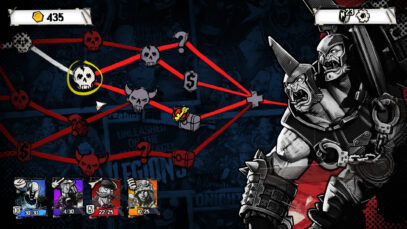
Still, there’s nothing wrong with having a basic setup as long as you have a new twist on the formula and Power Chord does have another twist as well: the developers also being fans of Darkest Dungeon. It’s starting to sound like I’m being hard on the gameplay, but mixing the now-standard Slay the Spire formula with the four-on-four team-based battles of Darkest Dungeon actually works surprisingly well. Make sure to hover over the icons associated with each opponent to have a clear idea of their abilities. Power Chord wants players to experiment and develop tactics based on all this information. When hard rock demons invade our world, it’s up to one quartet to fend them off, once and for all. No matter your ensemble, they’re going to sling spells to send their foes back to hell. Better still, they each have a role to play, so they perform as one when they take the stage. It’s an odd setup for a deck-building roguelite, to be sure, but Power Chord doesn’t shy away from its ludicrous premise, preferring to dive right in. Right up front, you’re greeted by a striking art style that falls somewhere between Heavy Metal and Mutant League Football as our narrator recounts the age-old battle between Legions of Demon and The Knights of The Thunderfist. Sadly, the Thunderfist are down to one member, and the Demon are back to finish the job.
Choose your way through a branching path filled with battles, merchants, random encounters, and valuable rest locations to heal and revive fallen characters.
Your band comprises four members, because no band is complete without a singer, guitarist, bassist, and drummer. Each role acts in a relatively loose class, which quickly identifies which skills they’re best at. You’re given one of each to start (with more waiting to be unlocked) as you progress across the map, leaving a pile of dead demons in your wake. If you’ve played a battle-based roguelite before, you’re probably well acquainted with what this map looks like: choose one of a handful of starting paths, follow branches to more fights, mini-bosses, random events, loot, health, and shops, until the strands ultimately converge on the boss. It is a tried-and-true strategy layer that has lost no effectiveness here.Regrettably for a music-based game, the soundtrack was forgettable. It could have been the visual overload, or the strategy layers sucking me in, but I expected to have the music stuck in my head after such long play sessions. That never happened, but it also never became grating enough to make me cut a run short or prevent me from jumping back in. You’ll likely be hearing it a lot, though. Whether you’re trying to beat the game or simply looking to complete challenges, there’s plenty of replayability here. This became problematic for me for two reasons: most of your standard battles quickly become easy, and the bosses can spike the difficulty significantly. Ataegina [Kthulian] UNCENSORED
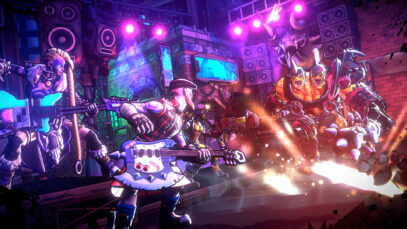
It took me several runs dedicated entirely to planning for a particular boss before I even got close to a winning strategy, and it really came out of nowhere. In a game where most of your attacks deal single-digit damage, the first time you run into a demon with 200+ health can be a literal and figurative mood killer. As you progress down the line, you’re presented with new cards to your deck, gear for your members, and, of course, money to buy those same things in shops. During my initial runs, I watched my deck balloon significantly as I found myself addicted to experiencing every new card I found. That’s part of your strategy: collect a large number for maximum possibility, or keep the deck lean and clean so you’re more likely to draw what you’ll use. There’s a fine line. Layering items on top of this system was a smart choice. Of course, I want my healer to heal themselves whenever they apply a buff, and my tank could use the opportunity to dole out extra armour. You can give these items to anyone, allowing you to get creative with every aspect of your battles.
Like your first big concert, taking the stage is disorienting at first. The UI provides a glut of information, and while it’s all helpful, I wouldn’t have minded some of it being hidden behind a click or two. From buffs and debuffs, to attack order and upcoming damage, balanced with energy and the cards in your hand, there’s a lot to consider before committing to your moves. It takes some getting used to, but there’s a level of satisfaction when it all comes together. And when the action kicks in, the graceful back and forth of the two bands overshadows the clutter.Power Chord feels defensively minded. I was more often using the opponents’ upcoming moves to inform my own than I was planning my own combos. Focusing on mitigating damage, stunning opponents before they attack, and controlling where a given enemy attacks proved more useful than planning who to take out first right off the bat. It’s a shame, because there’s a significant number of enemy roles to consider. I just never found doing so to be beneficial.
Add-ons (DLC): POWER CHORD
| – | – | – | – | – | – |
| – | – | – | – | – | – |
| – | – | – | – | – | – |
| – | – | – | – | – | – |
OS: Windows 7 or later
Processor: Intel Core i3 2.5GHz
Memory: 4 GB RAM
Graphics: GeForce GTX 660 or equivalent
Requires a 64-bit processor and operating system
OS: Windows 7 or later
Processor: Intel Core i5 3.0 GHz
Memory: 8 GB RAM
Graphics: GeForce GTX 660 or equivalent
NOTE: THESE STEPS MAY VARY FROM GAME TO GAME AND DO NOT APPLY TO ALL GAMES
- Open the Start menu (Windows ‘flag’ button) in the bottom left corner of the screen.
- At the bottom of the Start menu, type Folder Options into the Search box, then press the Enter key.
- Click on the View tab at the top of the Folder Options window and check the option to Show hidden files and folders (in Windows 11, this option is called Show hidden files, folders, and drives).
- Click Apply then OK.
- Return to the Start menu and select Computer, then double click Local Disk (C:), and then open the Program Files folder. On some systems, this folder is called ‘Program Files(x86)’.
- In the Program Files folder, find and open the folder for your game.
- In the game’s folder, locate the executable (.exe) file for the game–this is a faded icon with the game’s title.
- Right-click on this file, select Properties, and then click the Compatibility tab at the top of the Properties window.
- Check the Run this program as an administrator box in the Privilege Level section. Click Apply then OK.
- Once complete, try opening the game again
NOTE: PLEASE DOWNLOAD THE LATEST VERSION OF YUZU EMULATOR FROM SOME GAMES YOU MAY NEED RYUJINX EMULATOR
- First you will need YUZU Emulator. Download it from either Unfitgirl, .. Open it in WinRar, 7ZIP idk and then move the contents in a folder and open the yuzu.exe.
- There click Emulation -> Configure -> System -> Profile Then press on Add and make a new profile, then close yuzu
Inside of yuzu click File -> Open yuzu folder. This will open the yuzu configuration folder inside of explorer. - Create a folder called “keys” and copy the key you got from here and paste it in the folder.
- For settings open yuzu up Emulation -> Configure -> Graphics, Select OpenGL and set it to Vulkan or OpenGL. (Vulkan seems to be a bit bad atm) Then go to Controls and press Single Player and set it to custom
- Then Press Configure and set Player 1 to Pro Controller if you have a controller/keyboard and to Joycons if Joycons. Press Configure and press the exact buttons on your controller After you’re done press Okay and continue to the next step.
- Download any ROM you want from Unfitgirl, .. After you got your File (can be .xci or .nsp) create a folder somewhere on your PC and in that folder create another folder for your game.
- After that double-click into yuzu and select the folder you put your game folder in.
- Lastly double click on the game and enjoy it.

